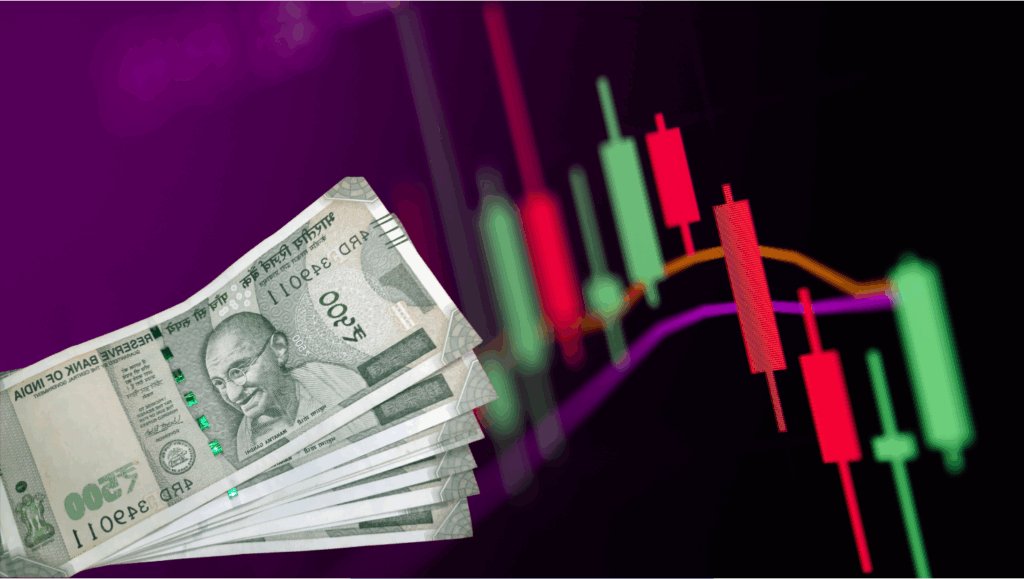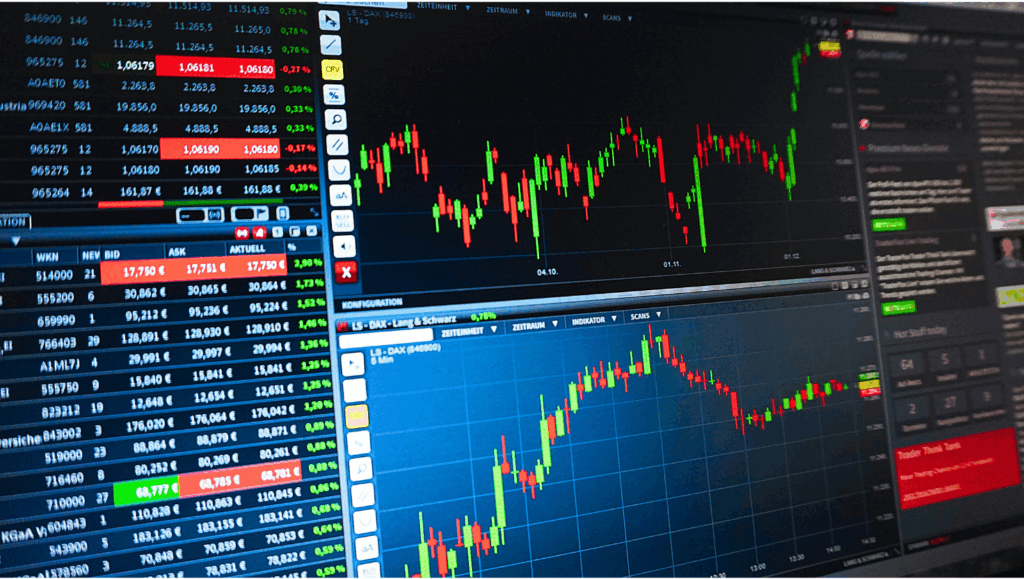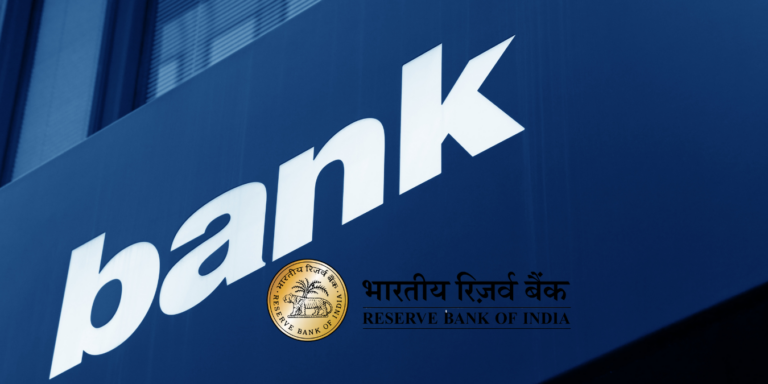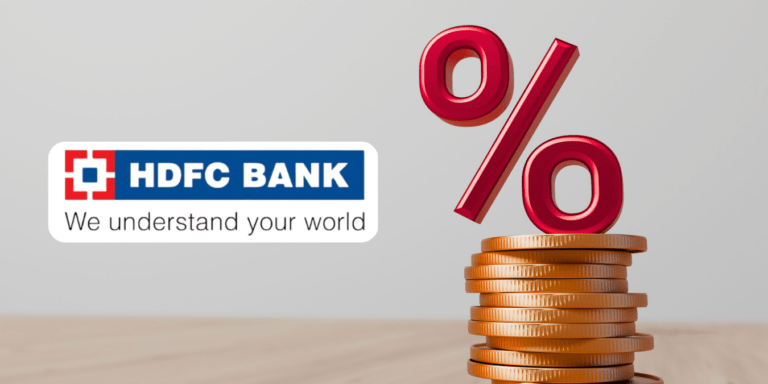
How Did SBI Smash ₹100 Trillion and Join the $100 Billion Club in 2025?
Secret behind SBI’s historic ₹100 trillion business and entry into the $100 billion market cap club in 2025—a milestone reshaping Indian banking forever. But what hidden policy and digital revolution fueled this shocking rise? Uncover how RBI reforms and smart innovation create unprecedented investor opportunities now.
What if India’s largest bank, SBI, hitting the $100 billion market capitalization milestone—joining an exclusive global club—was just the tip of a massive iceberg? Beneath the headline, a “secret” story of strategic reforms, digital revolutions, and RBI’s subtle yet game-changing policies has quietly reshaped Indian banking forever. How did SBI quietly scale its ₹100 trillion business, outpace private peers, and emerge as a “hidden” champion of a transforming economy in 2025? The answer will surprise and inspire every Indian investor and consumer alike.
The Astonishing Rise of SBI in 2025: More Than Just Numbers
SBI’s monumental achievement of crossing $100 billion in market cap and ₹100 trillion in total business marks a new chapter for India’s financial story. But what’s genuinely staggering is the how and why behind this rise—not just business size but the profound impact on India’s economy and consumer finance.
- SBI’s advances reached ₹44.2 lakh crore and deposits soared to ₹55.9 lakh crore by September 2025.
- The bank’s net profit rose 10% year-on-year to ₹20,160 crore, while net interest income beat estimates, signalling operational strength and improved asset quality.
- Despite global economic uncertainties and geopolitical tensions, SBI’s stock surged over 20% so far in 2025, outperforming benchmark indices.
What’s less publicized is the layered impact of these numbers: job creation across rural India, deeper penetration of digital payments, and enhanced investor confidence in public sector banks.
The RBI’s “Hidden Hand”: How Policy Reforms Fuelled SBI’s Ascent
Behind SBI’s success lies a series of masterful RBI policy interventions—carefully calibrated reforms that most consumers never see but fundamentally reshaped banking operations:
- The reduction of repo rates multiple times since 2023, now at a record low of 5.5%, made borrowing cheaper for consumers and businesses.
- Introduction of the Insolvency and Bankruptcy Code, along with revamped asset quality norms, has accelerated loan recovery and reduced stressed assets, uplifting SBI’s balance sheet.
- RBI-driven consolidation of public sector banks, which reduced fragmentation by merging smaller banks into SBI, supercharging its scale and operational efficiency.
- Liquidity enhancement measures like lower Cash Reserve Ratios (CRR) and revised Liquidity Coverage Ratio (LCR) norms have pumped liquidity worth ₹2.5 lakh crore into the system, directly supporting credit growth.
This “secret” policy cocktail helped SBI withstand global shocks, retain investor trust, and innovate fast.
The Digital Transformation: SBI’s “Smart” Leap into Future Banking
The SBI of 2025 is not just a giant in scale but a beacon of digital innovation—fuelling India's move toward a cashless, inclusive economy:
- 100% of new rural accounts are opened digitally, enabling unprecedented financial inclusion.
- The bank's mobile app has evolved into a “super-app,” integrating AI-based personalized financial advice, instant loans, insurance, and payment options, streamlining millions of daily transactions.
- Strategic partnerships with fintech firms have created a seamless interface for UPI payments, contactless transactions, and instant credit, positioning SBI as a tech-savvy public sector leader against private giants.
By embedding technology deeply into its operations, SBI gained the agility to capture new markets and deepen engagement across socio-economic strata.
SBI's Performance Compare to other $100 Billion Clubs Members
SBI’s performance compared to other $100 billion market capitalization club members, especially Indian banks and global peers, highlights several key differentiators and competitive strengths:
Market Capitalization and Valuation
- SBI has entered the $100 billion market cap club, joining Indian giants like HDFC Bank ($170 billion) and ICICI Bank, marking it as the third Indian bank in this elite club.
- Compared to global banks, SBI ranks around 43rd in terms of assets and market cap but aims to break into the world's top 10 banks by 2030 through scaling up capital ratios and digital expansion.
Financial Performance Metrics
- SBI posted a net profit of ₹20,160 crore in Q2 FY26, with a 10% year-on-year increase, and a net interest income of ₹42,985 crore, surpassing estimates, reflecting operational efficiency.
- Its advances and deposits at ₹44.2 lakh crore and ₹55.9 lakh crore respectively are among the highest in India, showcasing vast financial scale and depth.
- Compared to HDFC Bank and ICICI Bank, SBI benefits from larger government backing and a wider branch network but lags somewhat in return ratios because of PSU challenges.
Stock Performance and Investor Sentiment
- SBI shares gained over 20% in 2025 year-to-date, outperforming key Indian indices such as Nifty50 and Nifty Bank, indicating strong investor confidence.
- Analysts show bullish sentiment on SBI, with 41 out of 50 recommending "buy," signifying its appeal relative to peers.
Growth Drivers and Strategic Positioning
- SBI's growth is supported by RBI-driven consolidation of public sector banks, giving it scale advantages unmatched by private banks.
- Its digital transformation and rural banking penetration compare favorably with private institutions, helping expand its customer base and transaction volumes.
Summary Comparison Table
| Parameter | SBI | HDFC Bank | ICICI Bank | Global Top Bank Example (e.g., JPMorgan Chase) |
| Market Cap (2025) | $100 billion | $170 billion | $100+ billion | $400+ billion |
| Net Profit (Quarterly) | ₹20,160 crore (+10% YoY) | Higher but varies | Comparable | Much higher in $ terms |
| Advances (₹ Lakh Cr) | 44.2 | ~30-35 | ~30-35 | NA |
| Deposits (₹ Lakh Cr) | 55.9 | ~30-40 | ~30-40 | NA |
| Stock YTD Gain | +20% | +15-20% | +12-18% | Varies, often +10-15% |
| Digital Penetration | Strong, rural-leader | Strong | Strong | Cutting edge |
| Government Backing | Yes, significant | No | No | No |
| Global Bank Rank (Assets) | ~43rd | N/A | N/A | Top 10 |
Surprising Insights: The Little-Known Facets Driving SBI’s Market Cap Surge
1. Festive Season Retail Boom: A “Hidden” Driver of Credit Growth
SBI’s advances grew notably due to sharp increases in personal loans and consumer financing during Indian festivals—reflecting India’s aspirational middle class fuelled by growing digital credit access. This deeply cultural and cyclical trend often hides behind macroeconomic stats but is key to short-term spikes and sustained growth.
2. The Impact of Stake Sales and One-Time Gains
SBI bolstered its profits by strategic sales of stakes in banks like YES Bank, generating one-time capital inflows that buffed earnings and improved capital adequacy ratios—critical for future credit expansion. This finesse in portfolio management often goes unnoticed.
3. Investor Sentiment: From Skepticism to Enthusiasm
For years, public sector banks lagged in investor confidence due to NPAs and inefficiencies. But SBI’s turnaround story is a blueprint of trust regained, margins stabilized, and prospects brightened. Retail and institutional investors increasingly see it as a stable “growth haven” amid market volatility.
The Future Is Urgent: What SBI’s Rise Means for Indian Consumers and Investors
For Indian Consumers: Relief and Opportunity
- Faster loan approvals, lower rates, and better deposit schemes powered by RBI’s rate cuts and SBI’s efficiencies mean “relief” for home buyers, entrepreneurs, and savers.
- Digital banking penetration ensures rural and small-town Indians access world-class facilities from their smartphones—helping reduce financial exclusion rapidly.
For Indian Investors: Aspiration and Long-Term Growth Potential
- SBI’s market cap, though now $100 billion, still offers growth compared with global banking giants, making its shares a strategic pick for portfolios focused on India’s economic rise.
- Continued policy support from RBI, innovation in digital banking, and expanding retail footprint set an “aspirational” growth trajectory through 2030 and beyond.
Power Takeaways: What You Must Know and Do Now
- Explore SBI Shares: With 20%+ gains and strong future projections, consider adding SBI for steady long-term growth.
- Adopt Digital Banking: Leverage SBI’s super-app and digital credit options for seamless financial management.
- Monitor RBI Moves: Upcoming rate cuts and policy shifts can impact loan rates, deposit growth, and market dynamics.
- Capitalize on Retail Trends: Festival-driven credit and consumption cycles offer investment and borrowing opportunities every year.
- Watch for Emerging Tech: AI, tokenized payments, and blockchain pilots at SBI signal a smarter, faster banking future.
Final Thought: India’s Next Banking Revolution Awaits
SBI’s emergence as a $100 billion market-cap giant powered by ₹100 trillion business signals just the start of a revolution. Yet, this story holds a “hidden” surprise few discuss: RBI is quietly paving the way for faster digital rupee adoption, real-time cross-border payments, and AI-powered credit analysis that could reshape Indian banking’s DNA by 2026.
Disclaimer: The use of any third-party business logos in this content is for informational purposes only and does not imply endorsement or affiliation. All logos are the property of their respective owners, and their use complies with fair use guidelines. For official information, refer to the respective company’s website.































